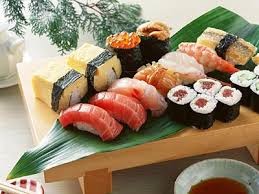In 1586, Grandmaster De Verdalle built the Verdala Palace, which is now the official summer residence of the President of Malta. It is surrounded with woodlands of Buskette. which was used by the Knights for game hunting.
It is surrounded by a stone ditch which was enlarged and modified throughout the years due to several Grandmasters. The building is spread over two floors of which each corner has a tower five stories high.
This Armchair was typical of the 17th Century
This showcase displays a set of china plates.It's gorgeous desing resembles the grandfather clock
with its solid wood and decor in certain places of the showcase.
This small table is highly decorated with goldleaves
and a shiny black granite top. It's desing reminds you of something Renessance.
This fresco shows two angels in the sky, refining the idea of Christianity.
Much like the small table, this dresser is highly adorned with the
same style in goldleaf and patten. It also has the same black marble as a surface.
This image was taken to show the heigh of each room in the palace. It shows how well decorated the place used to be.
































